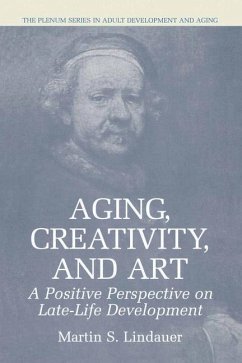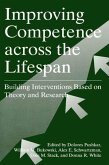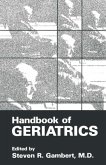Aging, Creativity and Art: A Positive Perspective on Late-Life Development explores the strengths and opportunities of old age as these are manifested by the accomplishments of aging artists, late artistic works, and elderly arts audiences. The book draws on scholarship in the humanities, primarily in art history; examines mainly paintings and painters, both historical and contemporary; reviews empirical research on creativity and cognition, predominantly from psychology and gerontology; and presents the author's original studies, including surveys of art historians, questionnaires completed by aging artists and arts audiences, and experiments involving judgments of art by laypersons. The research presented in Aging, Creativity and Art: A Positive Perspective on Late-Life Development suggests that creativity continues into the later years; higher-order mental abilities related to creativity, like imagination and problem-solving, persist until late in life; and the elderly's physical, sensory, mental, and interpersonal competencies may be enhanced by engagement with the arts. This work interrelates the disciplines of science, the humanities, and the arts to form a synthesis that builds on the strengths of the methods of quantification of science; the emphasis on the individual in the humanities; and the expressive and intuitive modes of communication in the arts. Aging, Creativity and Art: A Positive Perspective on Late-Life Development critically examines the psychology of creativity, cognitive development, and gerontology, and will be of interest to a wide range of professionals and students in these fields.
From the reviews: "In a brave attempt, Martin Lindauer explores the relationship between aging and creativity among artists ... . Readers will be impressed by the varied and rich sources of information that Lindauer used in writing this book. ... his book may be one example of a unique artistic output in terms of quality and style. ... Martin Lindauer has made this book a beautiful work of art." (Sing Lau, American Journal of Psychology, Spring, 2007)








